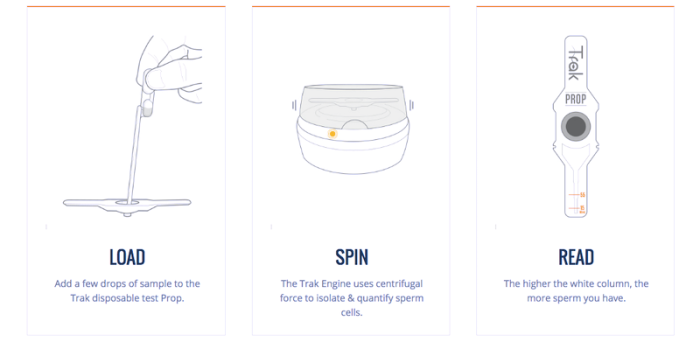Although
it’s long been known that fraternal twins run in families, researchers say
they’ve just pinpointed two genes that seem to be associated with having such
twins.
 Fraternal twins occur when two separate
eggs are fertilized with two separate sperm, creating two genetically unique
children in the same pregnancy.
Fraternal twins occur when two separate
eggs are fertilized with two separate sperm, creating two genetically unique
children in the same pregnancy.
One gene variant — called FSHB — increased
the odds of having twins by 18 percent, according to the study. FSHB is
associated with higher levels of follicle-stimulating hormone (FSH), which
increases the likelihood that a woman’s ovaries will release multiple eggs at
the same time. And, multiple eggs boost the odds that more than one egg will
get fertilized at the same time, the researchers explained.
The second genetic variant — SMAD3 — upped
the odds of fraternal twins by 9 percent, the study found. SMAD3 likely plays a
role in how the ovaries respond to FSH, the researchers said.
Women with both variants were 29 percent
more likely to have twins, the study showed.
The study was published April 28 in the American Journal of Human Genetics.
“There’s an enormous interest in twins,
and in why some women have twins while others don’t,” study author Dorret
Boomsma, said in a journal news release. She’s a biological psychologist at
Vrije Universiteit in Amsterdam, in the Netherlands.
“The question is very simple, and our
research shows for the first time that we can identify genetic variants that
contribute to this likelihood,” Boomsma added.
The findings stem from genetic analyses of
more than 5,500 women from Europe, the United States and Australia who
conceived fraternal twins with and without fertility treatment. The study also
included genetic information on more than 300,000 women who didn’t have twins.
According to the researchers, the results
are important for infertility research. FSH is injected to stimulate the
ovaries and obtain eggs for in-vitro fertilization, but some women’s ovaries
over-respond to the hormone, the study authors explained.
The
researchers said they plan to develop a genetic test to identify women at risk
for this problem.





